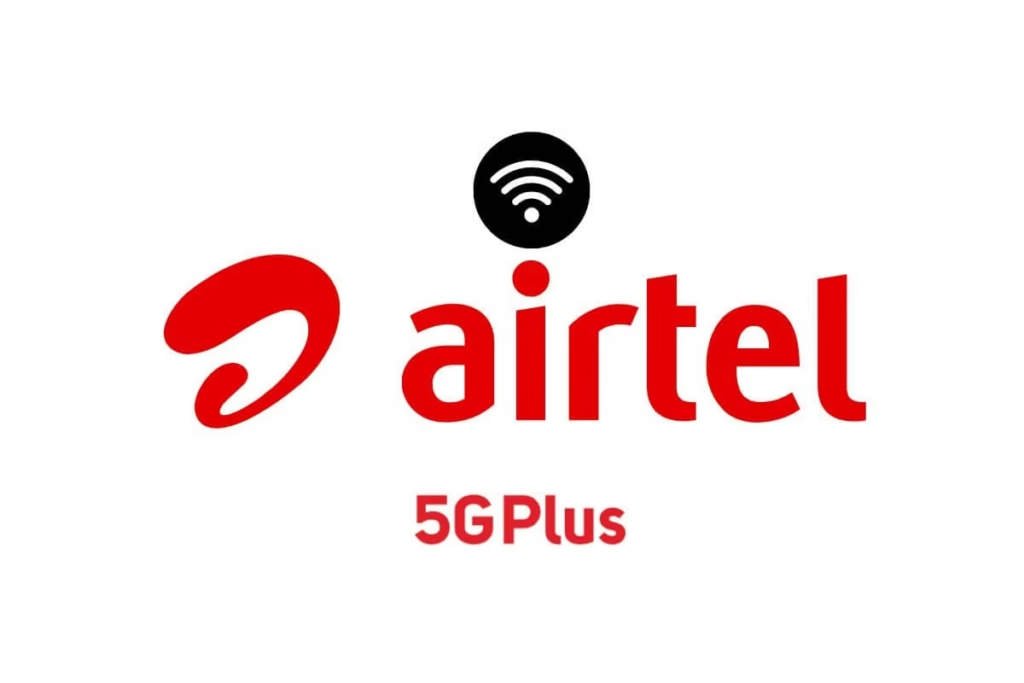Airtel has started laying the groundwork for the next big leap in mobile connectivity — the transition to 5G Advanced in India. The telecom operator has begun deploying a dual-mode 5G network, which combines both Non-Standalone (NSA) and Standalone (SA) architectures. This marks a major milestone for Airtel as it prepares to offer faster, more reliable, and future-ready connectivity to users across the country.
The development was revealed during Airtel’s Q2 FY2025 (July–September) earnings call, where a company executive confirmed that the commercial rollout of the dual-mode 5G network will begin soon.
Commercial Rollout and Customer Migration
During the quarterly investor call, Bharti Airtel’s Managing Director Gopal Vittal shared that the company has already started migrating its fixed wireless access (FWA) customers to the new dual-mode network — an important first step in the move toward 5G Advanced.
Vittal also revealed that Airtel 5G users in 13 circles across India are already connected to the dual-mode 5G network with SA (Standalone) capabilities. Meanwhile, a pilot project for the NSA + SA setup is currently running in a few select circles.
He added that the commercial rollout will happen in the coming months, in line with the growth in Airtel’s overall 5G traffic. This approach ensures that customers experience seamless connectivity as the network gradually evolves.
What is Dual-Mode 5G and Why It Matters
In simple terms, a 5G NSA (Non-Standalone) network relies on an operator’s existing 4G infrastructure, essentially adding 5G capabilities to the LTE backbone to deliver higher data speeds. On the other hand, a 5G SA (Standalone) network operates on a dedicated 5G core, independent of 4G, enabling lower latency and more advanced applications such as IoT and smart factories.
Airtel’s dual-mode 5G combines both these worlds — offering the speed advantages of NSA with the stability and low-latency benefits of SA. This hybrid setup allows the telecom operator to transition to 5G Advanced without disrupting existing network performance.
It’s also worth noting that Reliance Jio currently operates a fully Standalone (SA) 5G network, whereas Airtel is now aiming to blend flexibility and coverage through its dual-mode approach.
Airtel–Ericsson–Volvo Partnership: Building for Industry 5.0
This network upgrade is closely tied to Airtel’s research partnership with Ericsson and the Volvo Group, first announced in March 2025. The collaboration focuses on exploring advanced industrial technologies such as Extended Reality (XR), Digital Twin, and AI-driven automation, all of which will be powered by Airtel’s 5G Advanced network.
The initiative is seen as a crucial step toward enabling Industry 4.0 and Industry 5.0 adoption in India, driving smarter manufacturing, predictive maintenance, and immersive training environments. As part of this partnership, Airtel has already started deploying its 5G Advanced network for industrial XR applications, marking the early stages of a broader transformation in enterprise connectivity.
The Road Ahead
With 5G traffic rising rapidly across the country, Airtel’s move toward 5G Advanced signals a major shift in India’s telecom evolution. The dual-mode 5G deployment not only enhances user experience but also lays the foundation for next-generation applications in AI, automation, and immersive technologies.
As the rollout expands, Airtel could become one of the first telecom operators in India to offer a truly hybrid 5G network — one that balances speed, stability, and scalability for both consumers and businesses.


